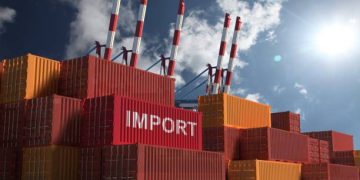The Trump administration has broadened its use of tariffs, targeting a range of imported goods under national security laws, even as the Supreme Court prepares to consider the legality of some existing measures.
The Supreme Court is scheduled to hear oral arguments in November regarding tariffs imposed earlier this year on countries including Switzerland and India. These tariffs were challenged on the grounds that they exceeded the president’s authority under the International Emergency Economic Powers Act. In response, the administration has been implementing tariffs under Section 232, a national security provision seen as less vulnerable to legal challenges.
Section 232 tariffs now cover more than a third of U.S. imports, including automobiles, machinery, medical devices, semiconductors, and industrial products. On Thursday, the administration announced new tariffs ranging from 25% to 100% on pharmaceuticals, heavy trucks, kitchen cabinets, and furniture, set to take effect on October 1. Investigations are also underway for potential tariffs on robotics, personal protective equipment, and other industrial machinery.
Economists note that the expanded Section 232 tariffs could raise costs for consumers, manufacturers, and healthcare providers. Ed Gresser, director of trade at the Progressive Policy Institute, said the inclusion of medical devices and industrial machinery “adds costs throughout the economy” affecting various sectors including clinics, hospitals, and small manufacturers.
The administration has emphasized that certain exemptions will apply. For example, pharmaceutical companies building U.S.-based manufacturing facilities would not face the 100% tariff on their domestic products. Similarly, semiconductor companies committing to purchase a portion of chips from U.S. manufacturers may receive credits to offset foreign purchases.
Past Section 232 tariffs on steel, aluminum, and automobiles have already influenced domestic production, sheltering some U.S. manufacturers from foreign competition but increasing costs for others. Jay Timmons, president of the National Association of Manufacturers, warned that tariffs on robots and industrial machinery could hinder investment in new production facilities, potentially affecting efforts to expand U.S. manufacturing and jobs.
The impact of the new tariffs is expected to vary by sector. While most heavy trucks are produced domestically, furniture, kitchen cabinets, and bathroom vanities are largely imported, meaning tariffs on these goods could have a more immediate effect on consumers and contractors.
The administration has also indicated that semiconductors and devices containing them could be subject to future tariffs, although exemptions are being discussed to support domestic production. Companies including Apple, Nvidia, and Qualcomm have been encouraged to purchase U.S.-made chips, with credits applied for spending on domestic semiconductor production.
Experts say the administration’s approach reflects an effort to maintain leverage in trade policy while mitigating legal risks. Section 232 tariffs are generally viewed as more secure from court challenges due to the broad discretion afforded to the president in matters related to national security.
#TradePolicy #USTariffs #SupplyChainNews #EconomicUpdate #ManufacturingNews

















